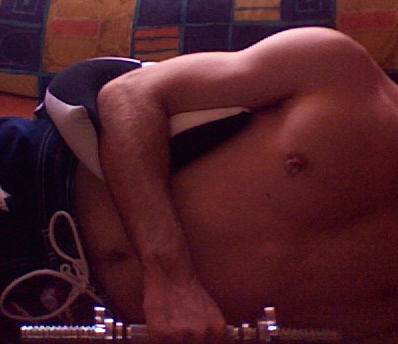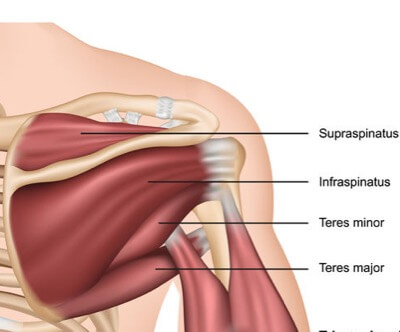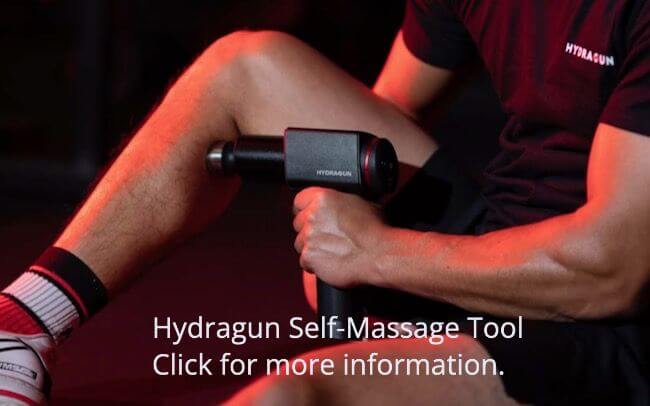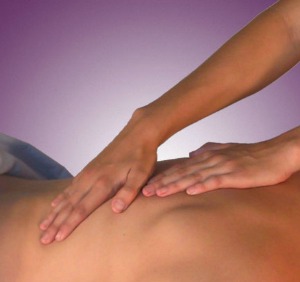As an Amazon Associate and affiliate with other programs, I may earn revenue from qualifying purchases through affiliate links. This does not affect the price you pay. Privacy Policy / Disclosures. This site is for educational purposes only.
Rehab For Rotator Cuff Injury Using Exercises and Massage
A rotator cuff injury is a common cause of pain, stiffness, and weakness around the shoulder. Getting an accurate diagnosis and appropriate treatment can let you return to your normal activities pain-free and also prevent potential problems such as frozen shoulder.
Treatment will depend on the type of injury (strain, sprain, tendinitis, tendinosis, partial tendon tear, or full tendon tear). Rotator cuff rehab often includes exercises and specifically targeted injury massage.
This article explains what the rotator cuff is, provides some general exercises for injury, and discusses how massage can help heal rotator cuff problems.
What Is the Rotator Cuff?
The four muscles of the rotator cuff connect the shoulder blade (scapula) to the upper arm bone (humerus). These muscles are important in moving (rotating) the arm:
- The supraspinatus is on the upper part of the scapula and helps move your arm out to the side (abduction). Many sources believe the supraspinatus is the most commonly injured rotator cuff muscle. Symptoms typically are persistent pain on the outside of your upper arm, a lot of difficulty raising your arm without also raising the shoulder, and loss of strength.
- The infraspinatus is on the lower part of the scapula and helps turn your arm inward (lateral rotation).
- The teres minor is next to the infraspinatus and also helps laterally rotate your arm.
- The subscapularis is on the underside of the scapula and helps move your arm inward (adduction) and turn your arm outward (medial rotation).
For a clear overview of shoulder anatomy, watch this video:
If your doctor tells you that you have a rotator cuff injury, it could be any of the four muscles. A good sports medicine doctor can tell you specifically which muscle, but if you just have the vague diagnosis of rotator cuff injury, you can do all of the following exercises.
Note that it's a good idea to get your doctor's OK before doing the following or any other rotator cuff exercises.
Exercises for Rotator Cuff Injury
These exercises are designed to rehab an injury. Do them every day for six to eight weeks. Start with a weight of 1/2 to one pound and work up to four to six pounds.
Important: Don't use heavier weight, even if you're a weightlifter or bodybuilder. You aren't trying to build muscle; the purpose of these exercises is rehab.
General Instructions: For each exercise, do three sets of 10 repetitions. Only on the third set do you want to feel some tiredness or stress:
- If you feel tired before the third set, you're using too much weight. Stop, and on the next day use less weight.
- If the third set isn't tiring, you're not using enough weight. The next day, add a little more weight.
Icing briefly after these exercises can help minimize pain.
Warm Up
Before using any weight, do 10 repetitions of each exercise without weight. If moving without weight is painful, do not add weight yet. Just do the exercises without weight each day until the discomfort subsides enough that you can add a half pound.
Supraspinatus Exercise
- Lie on your uninjured side with the injured arm lying on the side of your body, holding the appropriate weight.
- Keeping your arm straight, slowly raise the weight and arm toward the ceiling until your arm is at about a 20 to 30 degree angle to your body.
- Slowly lower your arm to your side, but don't rest the arm on your body before starting the next repetition.
Infraspinatus and Teres Minor Exercise

- Lie on your side with the injured arm toward the ceiling.
- Keeping the upper arm on the side of your body, bend your elbow and let the forearm hang in front of you, as shown in the photo.
- Holding the appropriate weight, rotate the forearm toward the ceiling (keep your elbow on the side of your body) until the arm is at a 180 degree angle to the body (or as far as you can go without discomfort).
- Return slowly to the starting position.
Subscapularis Exercise
- Lie on you back, upper arm on the floor with your elbow bent and next to your body and your forearm held in a vertical position.
- Hold the appropriate weight, with your hand facing your body.
- Keep the upper arm and elbow on the floor, lower the forearm outward toward the floor, going only as far as you can without discomfort.
- Slowly return to the starting position.
Massage for the Rotator Cuff Muscles
A knowledgeable massage therapist can also help you deal with a rotator cuff injury. For tendon problems, one of the most common injury massage techniques is cross-fiber friction. Friction helps tissue fibers heal in a strong pattern. A massage therapist will also do general massage around the shoulders to release tension.
The following video shows a neuromuscular therapy treatment of the four rotator cuff muscles.
Photo Credit: 123RF.com







